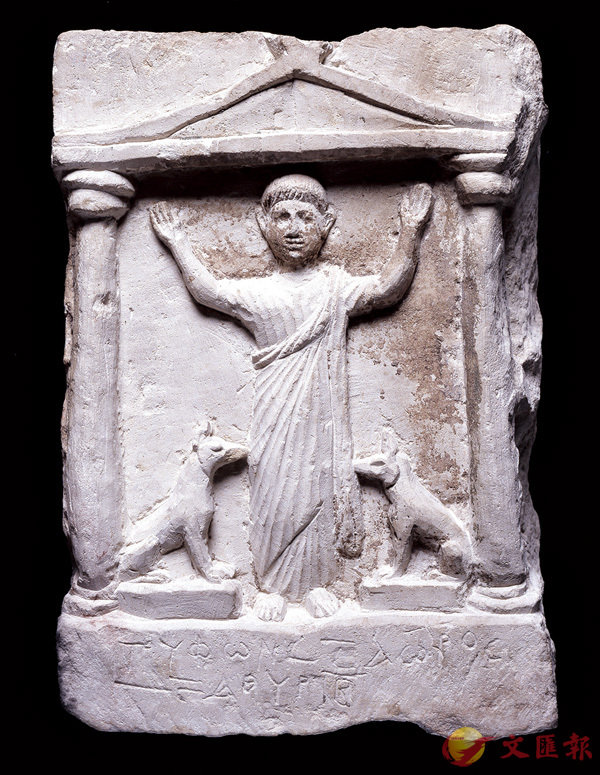
猜逢的墓碑 Funerary stela of Tryphon
羅馬時期(約公元55年至70年) Roman Period (about AD 55-70)
墳墓有時會放置墓碑。這塊石灰岩做的墓碑以羅馬風格描繪了死者,畫中把他面向正面,身穿羅馬長衫和披風,旁邊保留了埃及習俗常見的兩隻胡狼,代表遺體防腐之神阿努比斯。這塊墓碑是獻給「四歲夭折的猜逢」。
圖像由大英博物館託管會提供。
Stone stelae were sometimes placed in tombs. Made of limestone, the stela depicted the deceased in a Roman fashion, facing forwards, dressed in a tunic and mantle. The only concessions to Egyptian customs are the jackals, symbols of the embalmer god Anubis. This stela was dedicated to "Tryphon, who died young, aged four".
Images in courtesy of the Trustees of the British Museum.
■資料提供︰香港科學館
Hong Kong Science Museum
■展期:即日至2017年10月18日
逢星期三見報

